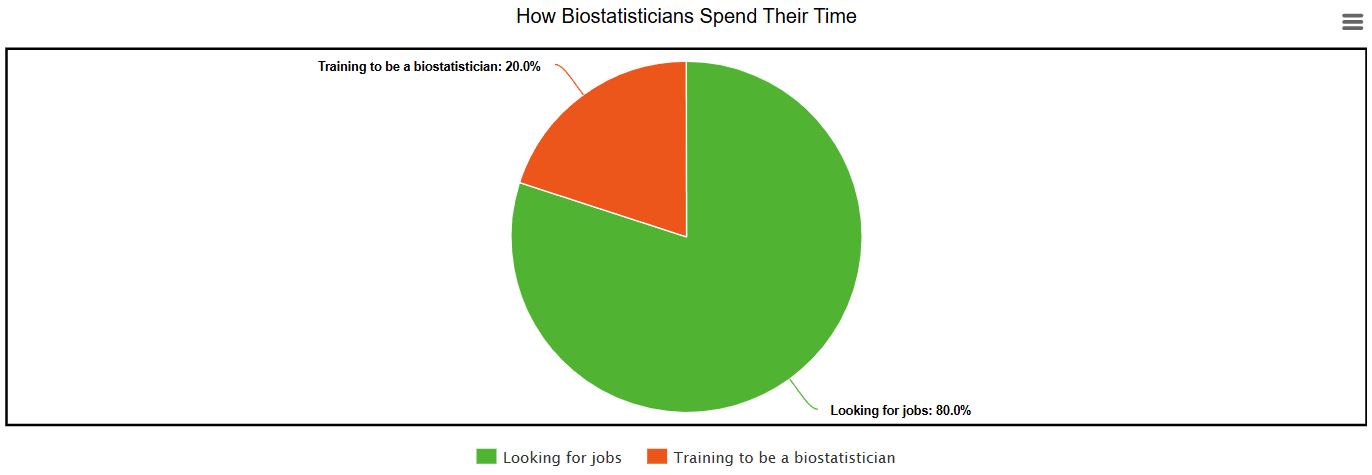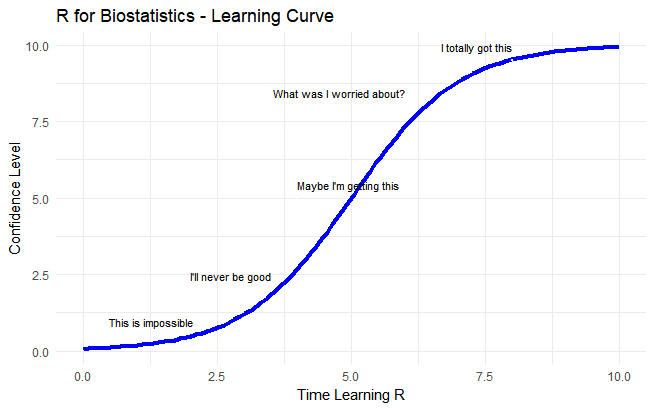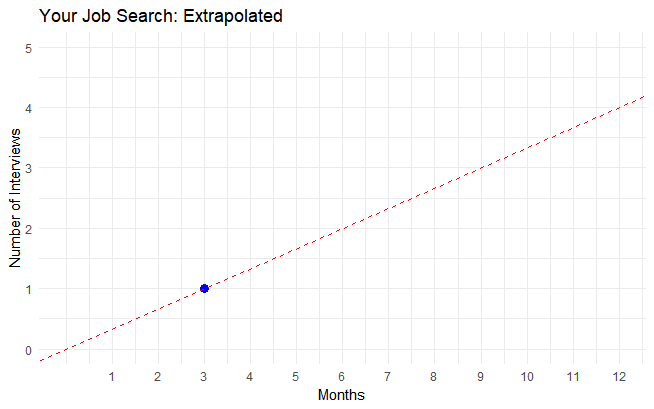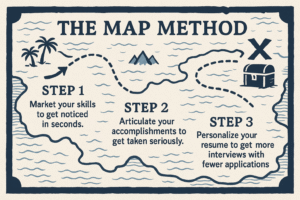
Looking for biostatistics jobs for your next career move? You’re in the right place!
In this article I’ll share with you where most biostatisticians go looking to find biostatistics jobs – and where you should be applying to drastically increase your chances!
Where Most People Search For Biostatistics Jobs
General Job Boards
These are the big job boards that everyone has heard of. We’re talking about Indeed, LinkedIn, Glassdoor et al.
These are ok. They have a lot of jobs available, they’re sometimes linked to the company’s profile, and they are updated fairly regularly.
But there’s a downside: spamming, bots and fake job adverts are all too common.
The big problem is that everyone applies for jobs through these job boards. The more applicants, the less likely your resume will stand out. What this means is that you have a lot more competition in getting a callbacks for these jobs.
You’ve probably seen biostatistician jobs that have been posted on LinkedIn in the last day but already has hundreds of applications – demoralising, right?
But Your Resume Will Still Get Looked At, Right?
I’ve got some bad news for you! You may think that if you submit your application in that you’ll still get your resume reviewed. Unfortunately, that’s not the case!
LinkedIn filters out applications for employers. This means that the more applications the job advert receives, the more that will be discarded by LinkedIn before the employer even gets a chance to review them.
In fact, the last company I worked for refused to review applications after they had received an arbitrary number of applications from these job boards – “Applicant number 101 – sorry you may have the resume, but we’re only reviewing the first 100″.
This means there’s a good chance the application you worked so hard on won’t ever be seen.
This is why I advise against applying through these platforms unless you have to.
So what are your other options?
Industry-Specific Job Boards (For Biostatistics Jobs)
These are catered for those in certain industries – in this case life sciences, pharmaceutical or academia.
These job boards may have fewer listings, but they’ll be highly targeted for biostatistics jobs, making them more relevant to your job search.
You will also find a lot opportunities that don’t want to advertise on the big job boards because of the amount of spam and bots that apply through these platforms.
The biggest benefit of applying through these job boards is that they get a lot fewer applications, so you stand a much better chance at getting your application through to the hiring manager.
Here are some industry-specific job boards:
Biostatistics Jobs Recruiters/Agencies
Recruiters and agencies can provide unique biostatistics jobs that aren’t offered elsewhere.
Some companies go through recruiters because they have a person with a very specific skillset in mind for the role. If you’ve got some unique experiences and skills mentioned in the job post, this can work out in your favour.
Companies sometimes prefer to go through this route as the recruiter can pre-qualify the candidate by conducting the initial screening interview. The problem with this is that you can end up in a scenario where you’re being interviewed twice – which isn’t ideal.
Recruiters tend to be quick to reach out and also quick to ghost. This can be frustrating if you’ve put effort into your application. The positive is that you will find out pretty quickly if they’re interested in your resume or not.
Here are some recruiting agencies offering biostatistics jobs:
Where Should I Be Applying?
So, you’ve found a great job you want to apply for on a job board or recruiters website, you should click apply right?
Not so fast!
If you apply through these channels, you will be applying through an intermediary who holds all the control in whether the employer actually receives your application.
So where should you apply?
Company Career Pages
When you apply through company career pages, you stand a much better chance of your application actually being read by a hiring manager.
This is because most people do not apply through this channel.
We as humans tend to be lazy so we go to job boards that aggregate all these jobs – it’s less effort.
But these will filter out your application, reducing your chances of getting the job. I can’t tell you how many times I’ve applied through job boards and recruiters – only to be ghosted by them. But when I applied directly through company websites, I received callbacks for interviews.
There is no harm applying through a job board if it’s a quick apply where you only send your resume in – but don’t expect results.
Applying On The Company Website
So how do you find the job on the company website?
Sometimes the job advert will name the company, sometimes it won’t. Recruiters and agencies often don’t provide the company name because they don’t want you applying directly and losing their commission.
If the job advert contains the company name – it’s simple. You find the company website’s career page and look for the job advert – click apply.
If it doesn’t contain the company name – then googling the introductory paragraph can find the job on the company’s career page in a lot of cases.
But What if the Job Isn’t on Their Company Career Page?
If the advertised biostatistics job isn’t on their company career page, you need to get as close to the source as possible. This means apply in the places where you’re most likely to have your resume read by the hiring manager. I’d order this as follows:
- Company’s LinkedIn page – Best chance for visibility.
- Industry-specific job boards – More focused and fewer applicants.
- General Job boards/Recruiters & agencies – Only if you must.
You can even follow this up with an email/LinkedIn message to the hiring manager if you know who this is.
Conclusion
Take a look at the current biostatistics jobs adverts from some of the above websites. If you find one that interests you – apply through the company career page, and you stand a much better chance of being noticed. Good luck!
Ready to Land More Biostatistics Interviews?
Get my free email course that walks you through the exact steps biostatistics professionals are using to get more callbacks, without rewriting their resume 100 times.
- 🔬 Step-by-step, field-tested advice
Tried-and-true strategies designed specifically for biostatistics job seekers. - ✅ Actionable steps you can apply immediately
Each email includes one clear step to help you get noticed and get interviews. - 📬 1 email per day. Zero fluff. Just results.
Short, focused lessons that respect your time—and deliver real value.


